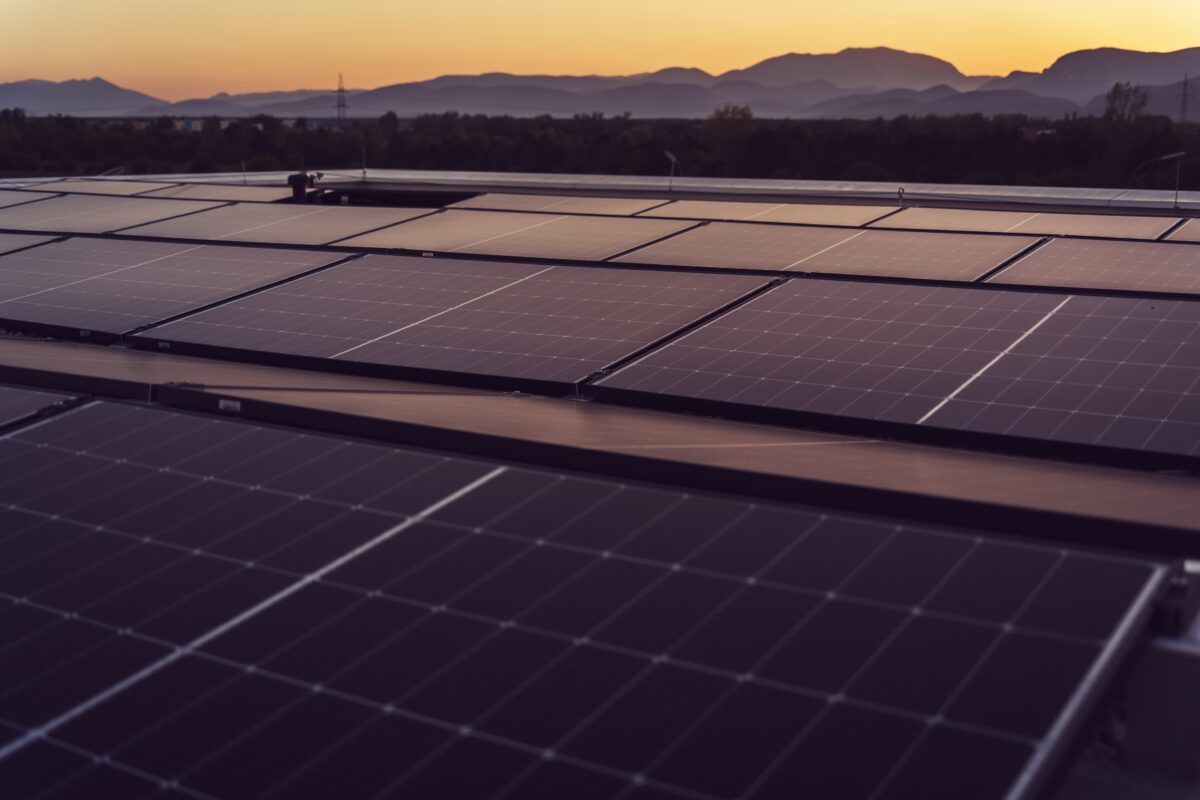From pv magazine USA
The groups propose an approach they call the “Max DG Pathway,” which would maximize cost-effective solar on the built environment, including warehouses, shopping malls, schools, parking lots, irrigation canals and highway rights-of-way. They have said that several studies have evaluated the technical potential to deploy solar on such sites.
The groups backing the proposal include The Climate Center, Center for Biological Diversity, Local Government Sustainable Energy Coalition, and Vote Solar. They submitted comments to three state agencies that are evaluating pathways to achieve the state’s clean electricity goal.
On sites in the built environment with suitable solar exposure, a “small-to-medium-size” utility-scale solar array could be deployed, probably with co-located storage, the groups say. Each solar array on the built environment would have its own front-of-the-meter (FTM) utility interconnection, even if it is physically located on the premises of an end-use customer.
The sizes of these arrays “would generally be appropriate for distribution-system interconnections,” the groups said. The solar developer could earn revenues through a power-purchase agreement with a load-serving entity, or through some other business model.
Maximizing cost-effective FTM solar and storage, the groups said, could supply a substantial amount of renewable electricity without triggering land-use concerns or other sources of public opposition, while reducing the costs of transmission upgrades and providing valuable local benefits.
Those local benefits include resilience benefits from incorporating FTM solar plus storage as grid-forming resources in community microgrids, the groups said. The resources could be developed under local, municipal or tribal ownership models “that help build community wealth and advance energy justice.”
To continue reading, please visit our pv magazine USA website.
This content is protected by copyright and may not be reused. If you want to cooperate with us and would like to reuse some of our content, please contact: editors@pv-magazine.com.



1 comment
By submitting this form you agree to pv magazine using your data for the purposes of publishing your comment.
Your personal data will only be disclosed or otherwise transmitted to third parties for the purposes of spam filtering or if this is necessary for technical maintenance of the website. Any other transfer to third parties will not take place unless this is justified on the basis of applicable data protection regulations or if pv magazine is legally obliged to do so.
You may revoke this consent at any time with effect for the future, in which case your personal data will be deleted immediately. Otherwise, your data will be deleted if pv magazine has processed your request or the purpose of data storage is fulfilled.
Further information on data privacy can be found in our Data Protection Policy.